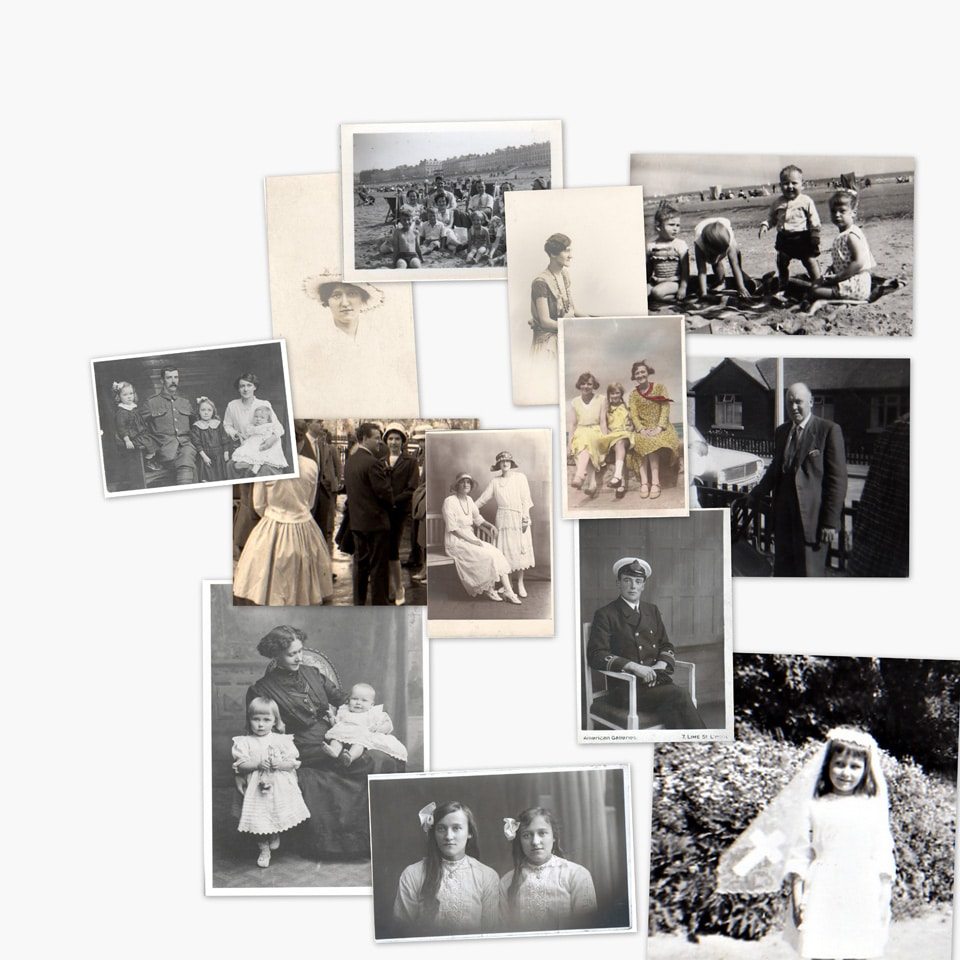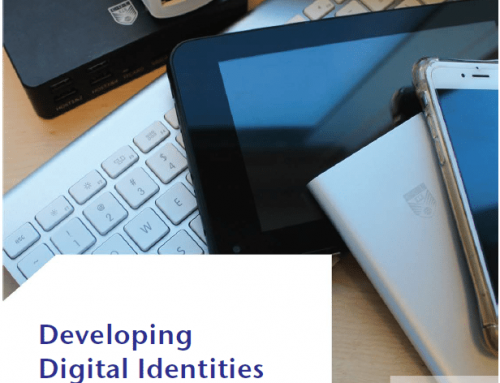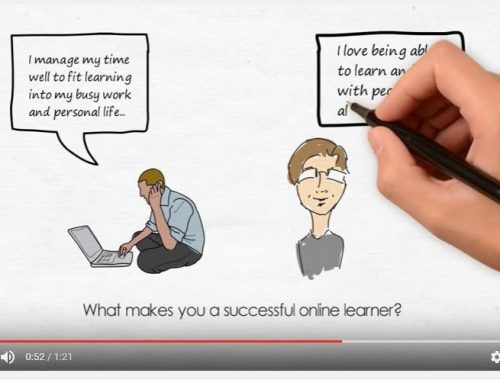An interesting piece of work that I have just completed is a synthesis of findings from a recent JISC funded strand of work – Digitisation for Open Educational Resources.
This strand built on previous Jisc eContent Programme activities around digitisation within the UK Higher Education community. The nine funded projects were led by Higher Education institutions (HEIs) and included a wide range of partners from other HEIs and sectors, including commercial organisations, archive services and museums and private individual collections. These diverse partners brought different challenges and led to some exciting collaborations.
Like the UKOER Programme projects involved students as partners in several exciting ways. The projects have told their own stories and created videos which will be available shortly (see the website link above for information).
The fabulous collections of primary sources were made available as raw assets as well as being embedded into a variety of educational contexts as Open Educational Resources (OER), which resulted in the collections being widely accessible in a range of different formats and with different levels of contextual and pedagogical information. This was a significant strength of the programme which merged digitisation expertise of special collections with learning and teaching needs. The range of materials is impressive and includes microscope slides, fashion garments, historical artifacts, images, architectural plans, interviews and museum specimens.
A range of factors have contributed to the success of the projects which may also be of value and relevance to other institutions and organisations wishing to incorporate primary sources into learning and teaching or releasing OER. These are detailed in the report:
Factor 1. Stimulating and supporting change in practice
- Through engagement and awareness raising
- By challenging and changing perceptions
- By changing pedagogic approaches and practice
Factor 2. Encouraging and supporting institutional change
- Through appropriate technical infrastructure for OER release
- Through changes to institutional processes
- Through partnership/collaborative approaches
Factor 3. Adopting sustainable approaches
- By linking to existing institutional systems, policies and strategies
- By developing sustainable digital assets and OER
- By supporting new open educational practices
- By nurturing new and existing partnerships
The report is available online on the UKOER wiki and is also available for download as a pdf document.
short url: http://bit.ly/digitisationandOER







Leave A Comment